Maker Board Spotlight: Nordic Power Profiler Kit II
Knowing how much power your project uses can be a knotty subject. While multimeters can give you static voltages at fairly granular readings, they are not all that useful for charting changes over time.
Things can get even more confusing when working with extremely low voltages and small changes in the current draw. Enter the Nordic Semiconductor Power Profiler Kit II - a small and powerful USB device for measuring DC power use in the microcontroller voltage range.
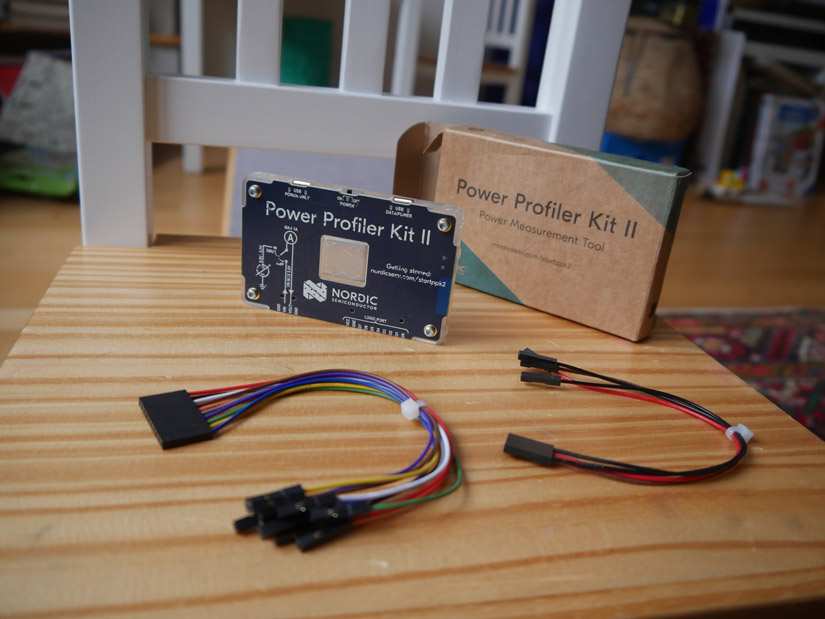
While designed to work flawlessly with Nordic's entire range of SoCs and SiPs, it's perfectly capable of being integrated into almost any project. It is perfect for hobbyists and professionals alike.
Today we are going to take a look a the Power Profiler Kit II, see what it's good for, and whether it's worth adding to your development toolbox.
What is the Nordic Power Profiler Kit II?
The Power Profiler Kit II (hereafter PPK2) is both a DC power profiler and low-level logic analyzer capable of reading a wide range of current draws. It has a 100kS/s sampling speed, with a resolution down to 0.2µA, and provides a variable supply voltage of between 0.8-5v. It automatically switches between five separate current ranges on the fly, to give the best possible resolution at each range.
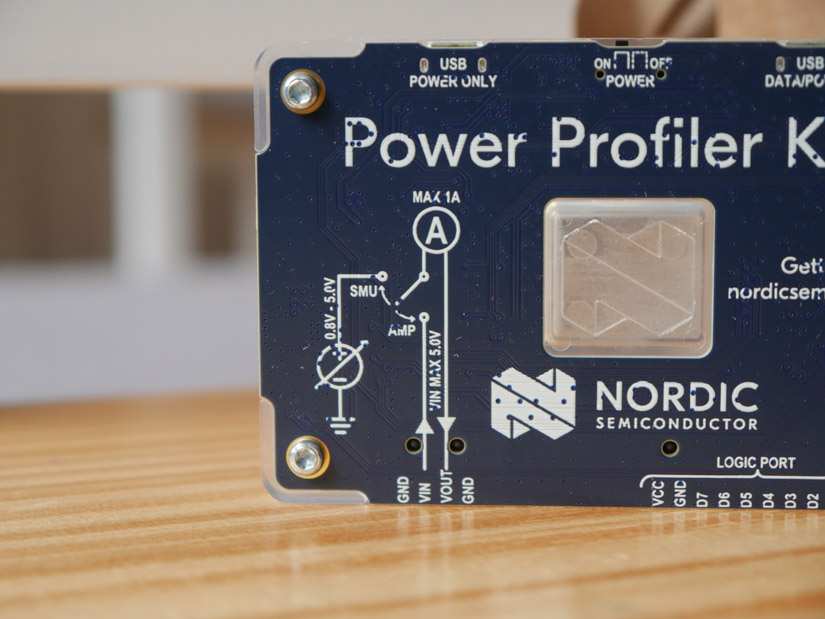
The unit itself is small, with access to its power measurement pins and digital I/O on the bottom, with two MicroUSB ports on the top - one for just providing power and the other for power and USB connection. The PPK2 can provide power and read simultaneously over a single USB cable for low-powered applications, cutting down significantly on desk clutter!
Nordic provides the Power Profiler software as part of their free nRF Connect software suite for Windows, Linux, and Mac. The software is open-source and provides a basic and easy-to-use interface for the PPK2, though there is also an unofficial Python API for creating custom tests for the PPK2. One of the more impressive things about this board is its cost. At just $90, it gives a huge amount of functionality for a fraction of the cost of other power monitoring systems, making it a great tool for hobbyists and professionals alike.
Power Profiler Kit II Specifications
- Measure instantaneous and average current on all Nordic DKs, in addition to custom boards
- Variable power supply voltage ranging from 0.8V to 5.0V (software configurable)
- Maximum 1A current measurement
- Accurate measurement down to approximately 200nA
- Resolution down to 0.2µA
- 100kS/s sampling speed
- Automatic switching between five current measurement ranges ensuring optimal resolution
- Measurement accuracy better than ±20% (average currents measurement)
- USB communication, enabling simple porting to other applications
- Desktop application for measurement analysis
- Real-time current measurement display
- 8 digital inputs for low-end logic analyzer support
- Supported through nRF Connect for Desktop’s Power Profiler app
- Export measurement data for post-processing
Getting started with the PPK2
Getting started with the PPK2 is a simple process. Nordic provides both written documentation and a video getting started guide for setting up the hardware and software for the PPK2, and how to take some basic measurements.
Since I already had nRF Connect for Desktop on my system, I could install the Power Profiler directly from the software menu. After attaching the PPK2 to my computer, I opened the software and selected it from the menu, and was ready to take measurements.
The PPK2 has an RGB LED in the center giving basic information about what the board is doing. Green essentially means standby - ready to connect via USB, whereas Blue denotes Ampere mode and Red denotes the source mode.
From here, you are free to set up the PPK2 in either Source meter mode - providing power to your circuit, or Ampere meter mode, passively reading the power draw in-circuit.
What Software is available for the PPK2?
Nordic provides the open-source Power Profiler software as part of their nRF Connect for Desktop suite. It's available from Nordic's website, or through the nRF Connect menu.
The software is available for Windows, Linux and Mac, and I've noticed that most Nordic software is fairly lightweight in terms of computer resources, a nice touch for those working with older laptops in their workspaces.
nRF Connect Power Profiler
The desktop software for the PPK2 is a simple interface providing options for choosing between modes, enabling output power, and changing the samples per second and sample duration. Ranges from 432 seconds of lossless sampling at a 100kS/s to 500 days at 1 S/s are possible, making it incredible versatile for different projects.
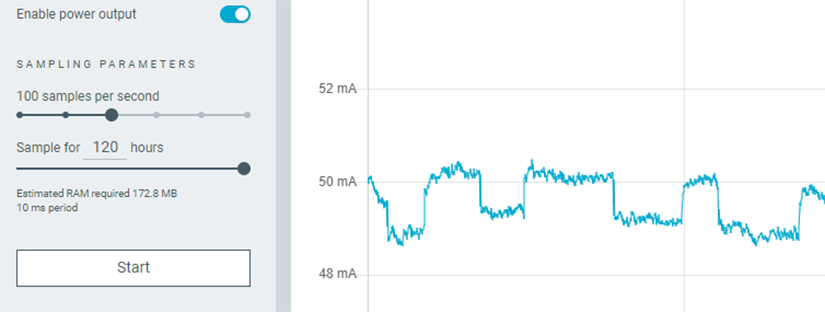
While optimized for Nordic SoCs and SiPs, the PPK2 is capable of working with anything that fits within its voltage ranges. For my tests, I used an Arduino Uno attached to a relay block.
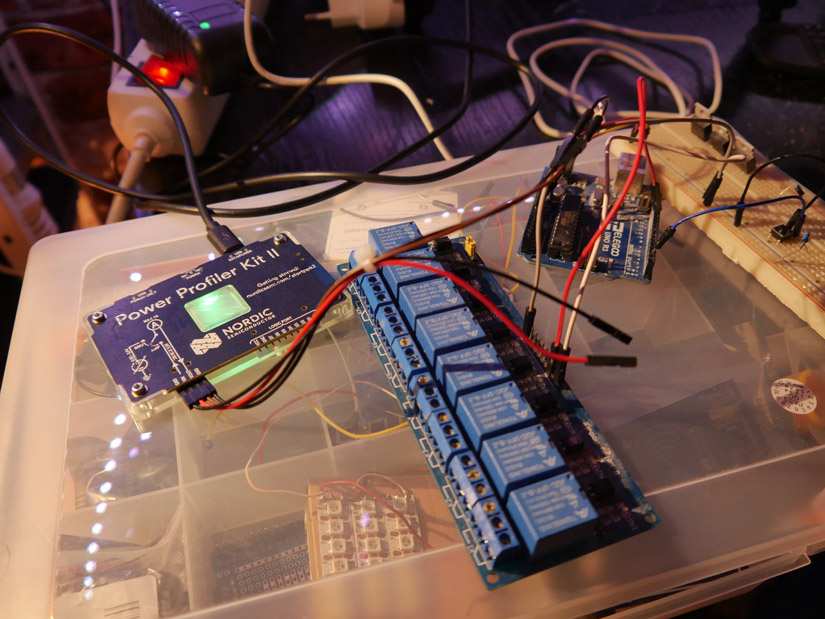
This hastily thrown-together setup provided me with a simple way to check the unit's power draw in idle mode and what power is drawn when the relays are active.
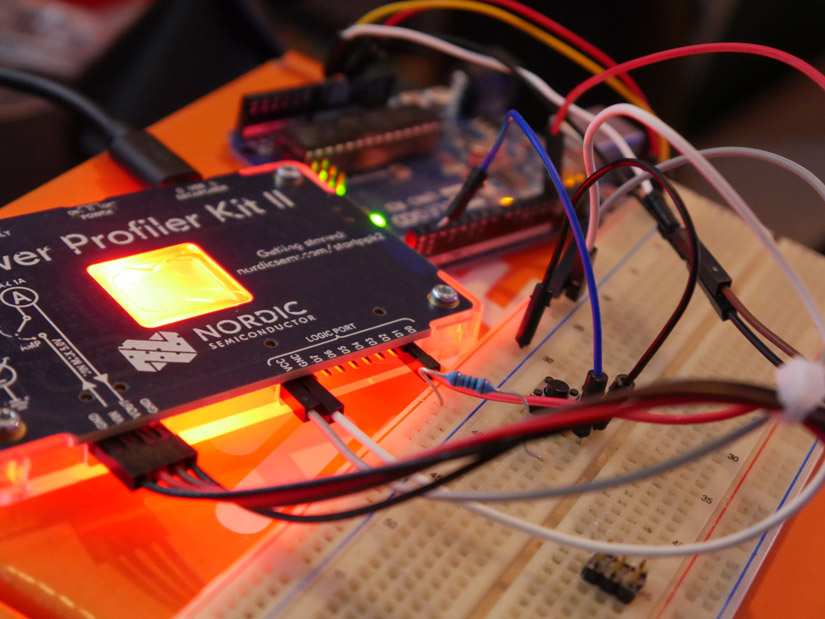
The PPK2 provided power for the whole circuit, and I was able to measure both current draw using the main meter and monitor the digital logic via the logic port.
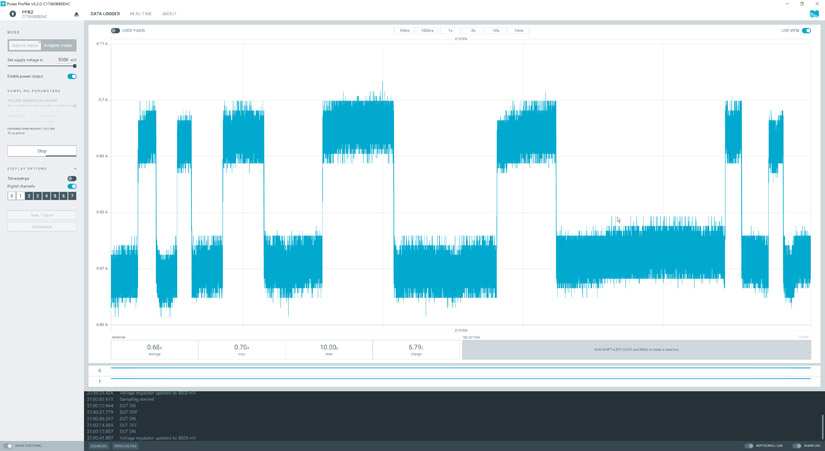
This example, while incredibly simple, shows how useful the PPK2 can be in taking quick measurements of a circuit. Swapping out the Arduino with an MCU and a custom circuit, you'd be able to quickly determine power changes and spikes throughout a circuit on the fly, saving headaches further down the line.

The logic-analyzer, while very simple in operation, is also a nice touch. Being able to see exactly what code is causing changes in power without intense probing and repeating sessions is a great way to quickly link software and hardware during development.
I found the desktop quick and easy to use, and those looking for a little more can always look under the hood. It is open-source, and the code is all available on the relevant Nordic GitHub page. Those looking for a little more control, however, might be interested in the third party Python API.
Third Party CLI Tool
Github user wlgrd has created a third party command-line tool for using the PPK2 from the command line. The package, installable via PIP, aims to provide the same functionality as the desktop version but comes with a few nice touches too.
Unsurprisingly, a command-line tool loses the visual element of the desktop, but the API accounts for this. Users can select ranges from saved CSV values and create PNG files showing the data.
This alone isn't necessarily a massive feature, but when paired with the possibility of automated tests it becomes significant. The API used in conjunction with development software for programming the microcontroller in question can result in a wide away of results, that can be easily provided in graph form after the fact. The developer can then simply look for visual changes in the power profiles to find out where they need to direct their efforts next.
Adding software-driven tests for hardware is a win-win at almost all levels of development, and it's great to see such a well-developed third-party tool for the PPK2!
Online Power Profiler
Nordic's Online Power Profiler is a tool for working with nRF52, 53, and 91 chips. It's a fantastic tool for learning the rough power draw of your remote embedded devices. While it does give a good representation of power use, the Online Power Profiler doesn't actually give you real measurement values. The tool uses a model of perceived measured values based on what the MCU is doing at the time. For most users, this isn't too much of an issue, but for those who need accuracy, the PPK2 can help.
The way the PPK2 works alongside the Online Power Profiler is something like a calibration test. While on-site, a series of tests can be run using the online profiler, while simultaneously taking readings locally on the PPK2. With a wide enough range of tests, you can build up a log of discrepancies between the perceived and actual power draw, and account for it later when you are not physically able to read power.
What can you do with the PPK2?
Alongside my simple test, the Power Profiler is a great way to learn more about tour development boards and circuit designs. Swiss YouTuber Andreas Spiess used one in his video on low current measurements for ESP and Arduino boards:
The video is a great resource for this alone, but it also gives a great rundown on the different options available for low current measurement and is a perfect video to help you choose what power tracking hardware will work best for you! Of course, this is only a single use-case, anywhere your MCU, SoC, or SiP uses power is going to be applicable to the Power Profiler Kit II. Perhaps a better question is what can't you do with it?
Should you get a Nordic Power Profiler Kit II?
What you cannot do is perhaps the important question here. Engineers will be able to tell from the spec if it fits their workload or not. As a hobbyist, I found the PPK2 to be more than adequate for anything I'd use it for.
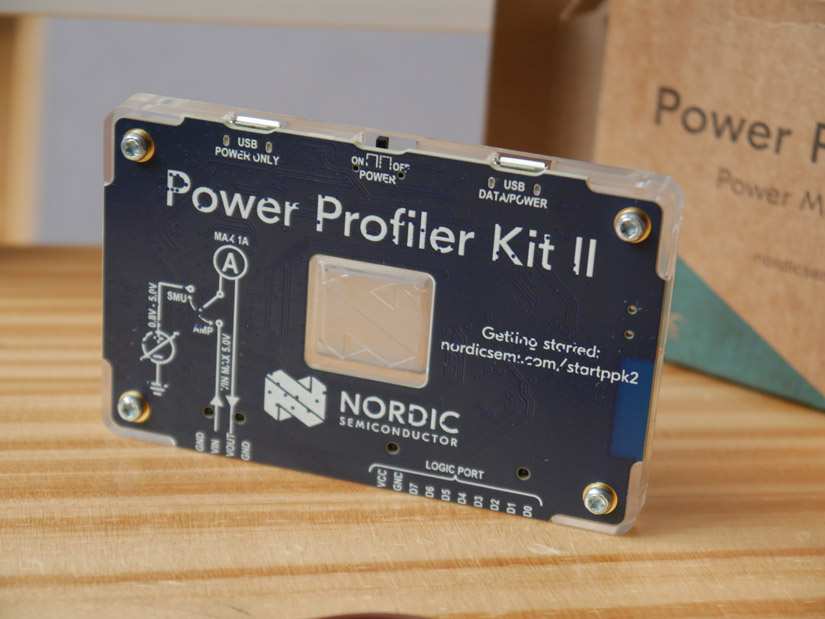
In my time using the PPK2 I found myself thinking back over most projects I've worked on, and wishing I already owned it! It's a deceptively simple bit of kit, but knowing overall power draw, being able to source power, and do some basic logic analysis all in a simple $90 board smaller than a Raspberry Pi is incredibly useful. The software is easy to use, and the third-party Python API makes it a dream for test engineers.
While I can see some professionals needing a little more range or speed, I think the PPK2 is a tool almost any hardware hobbyist or engineer would find a great addition to the toolkit.





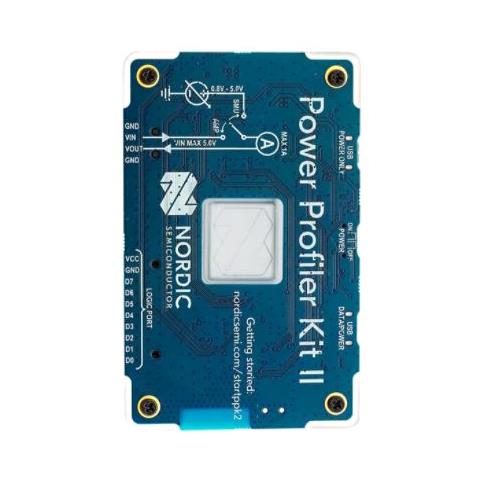

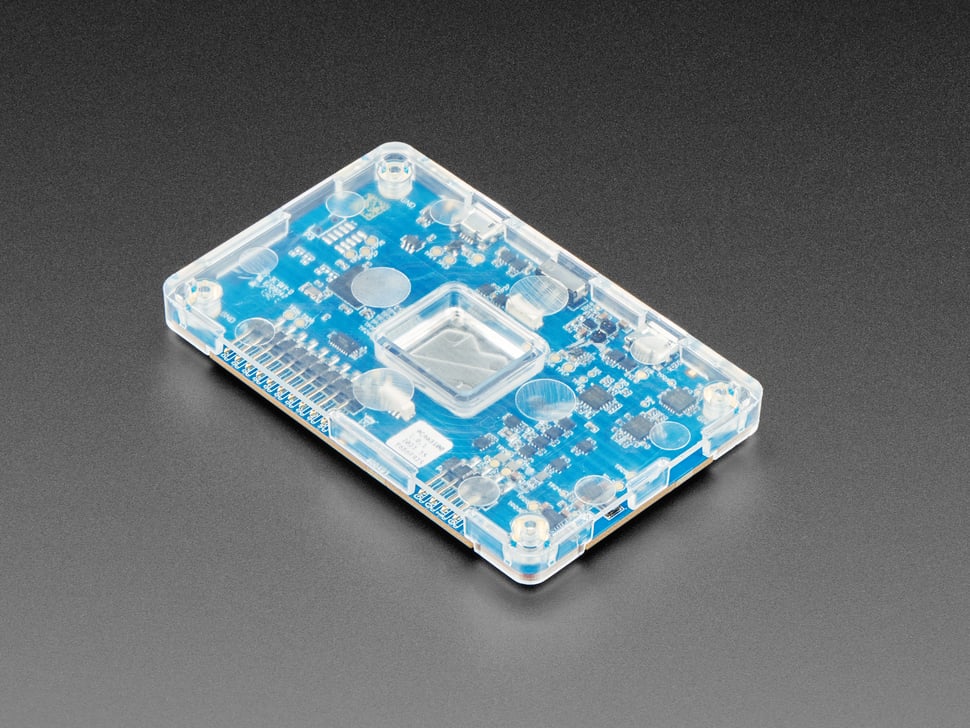
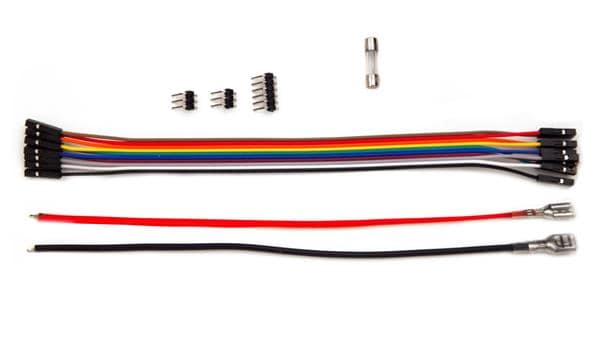
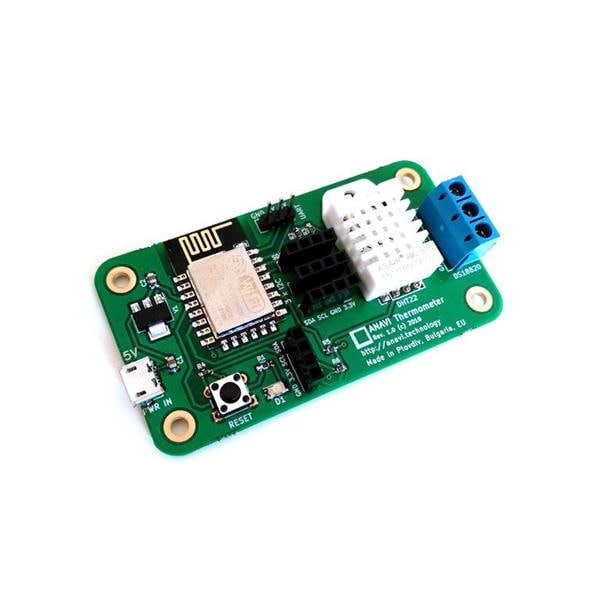
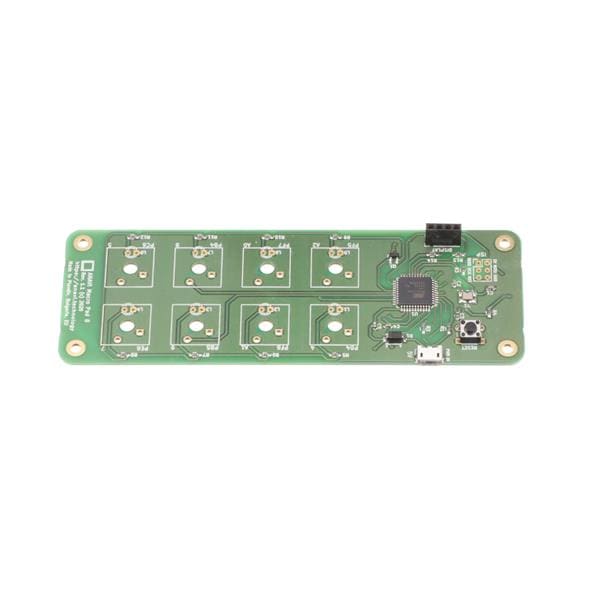
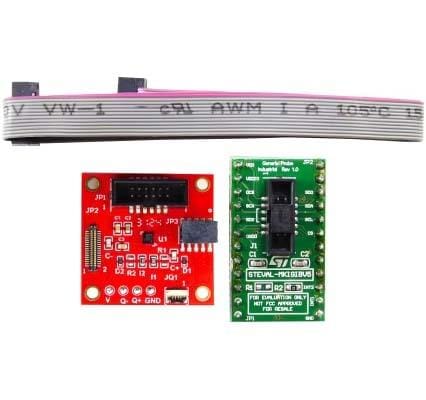
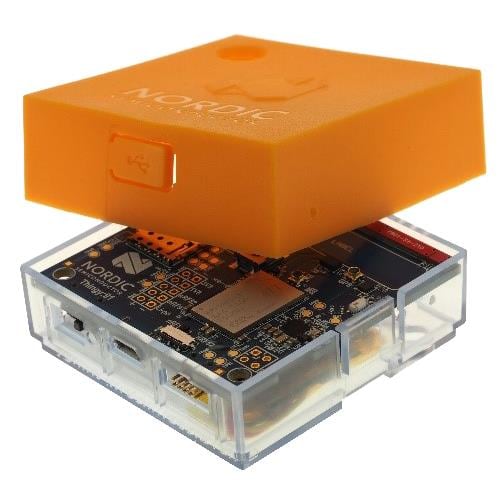
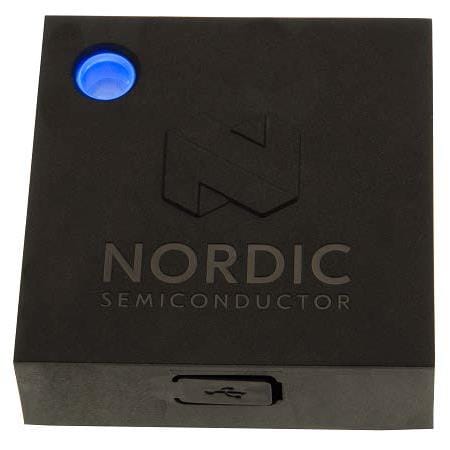
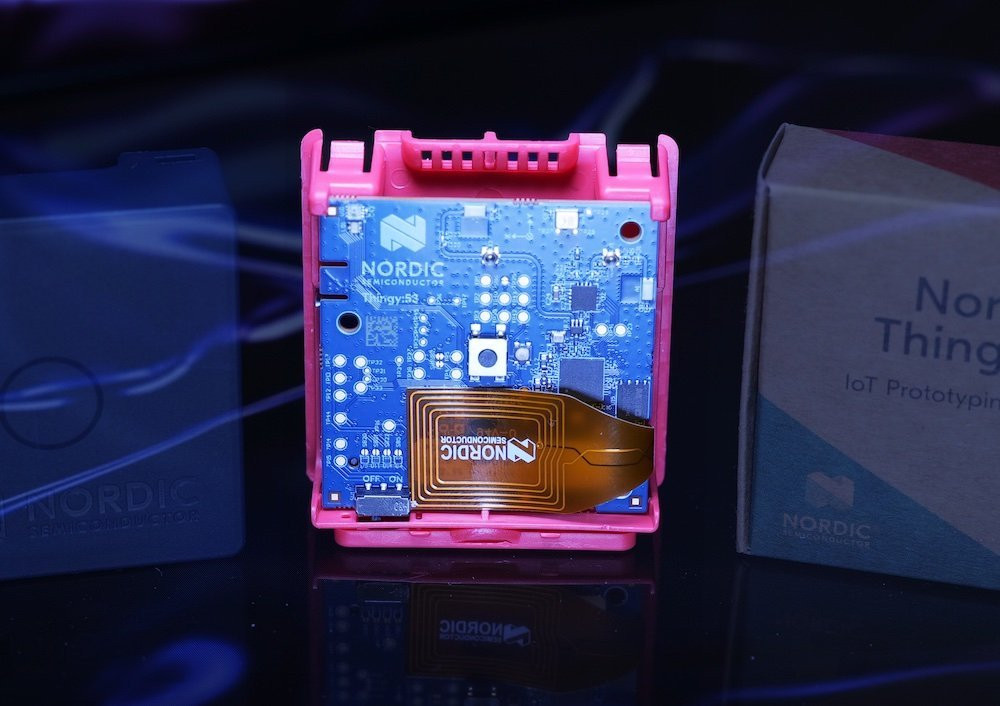
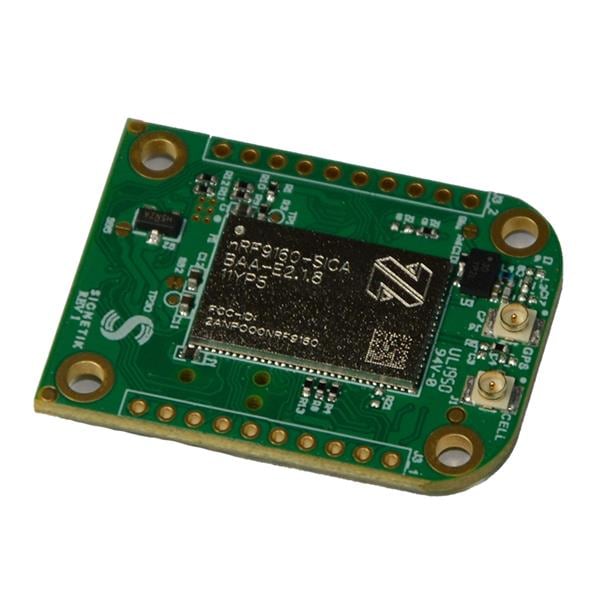
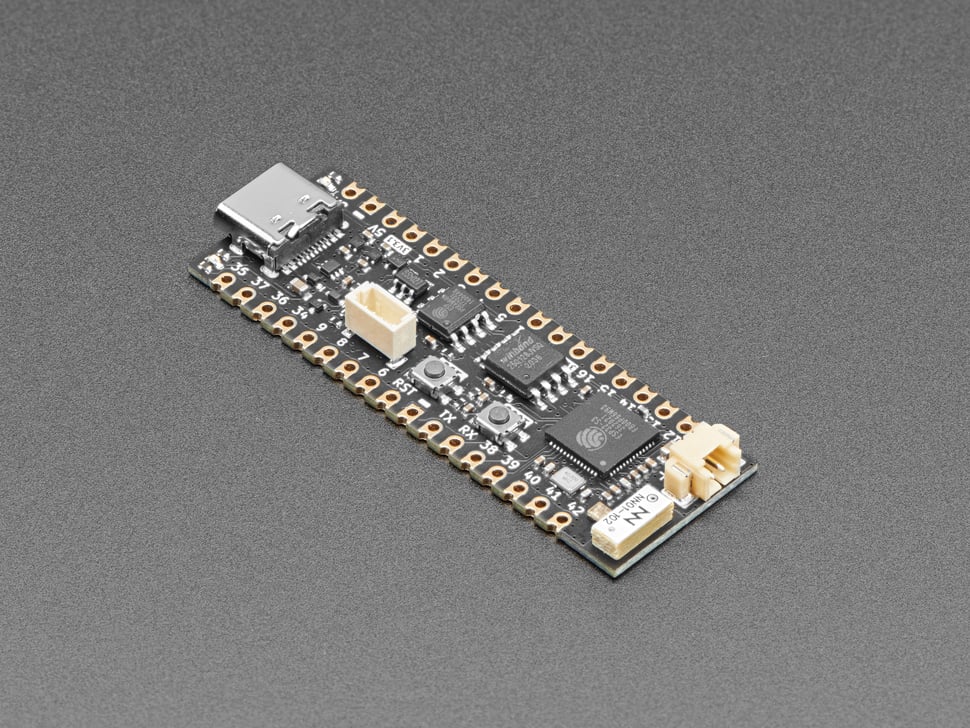
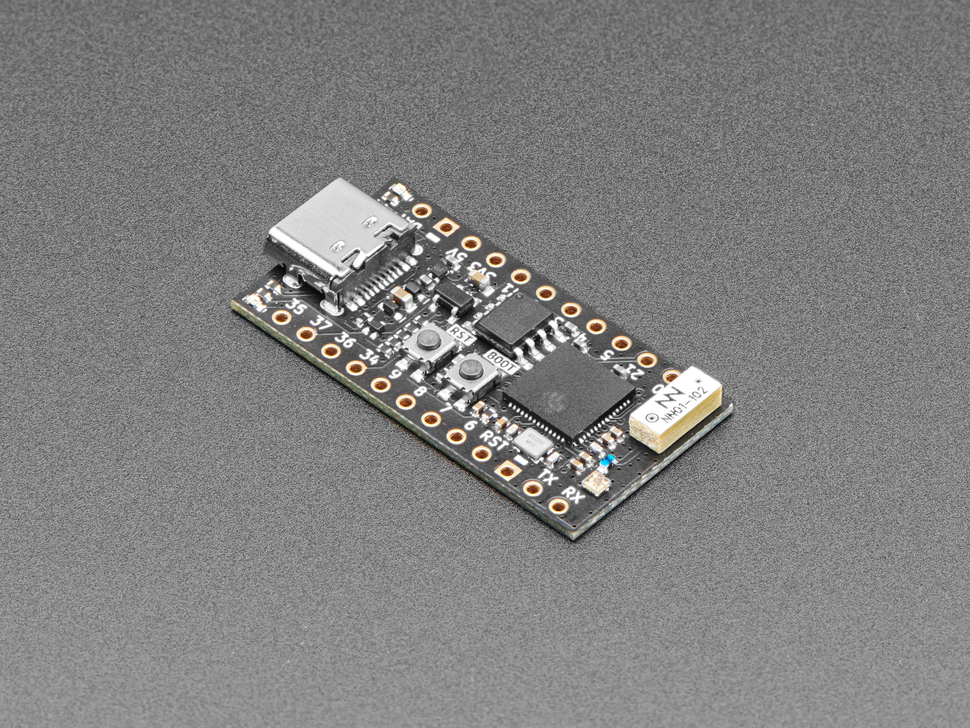
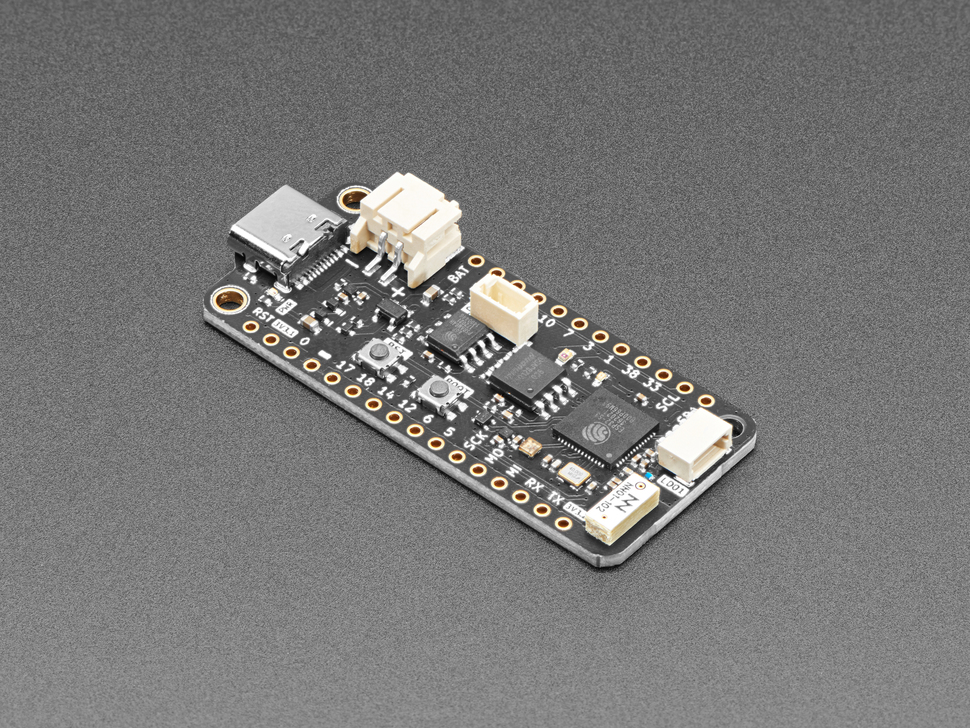
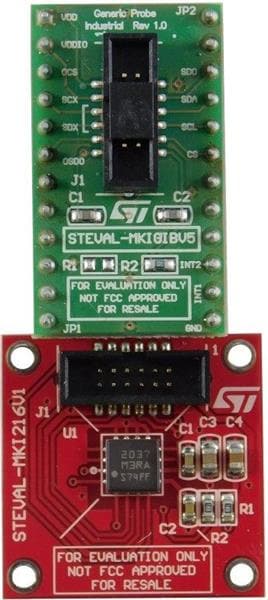

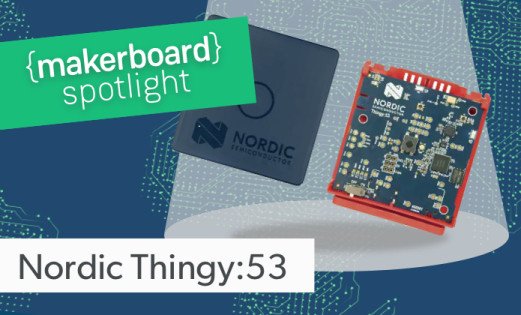
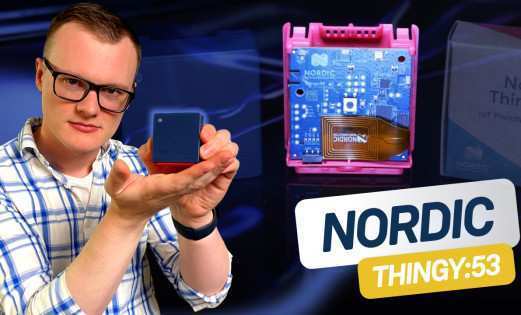
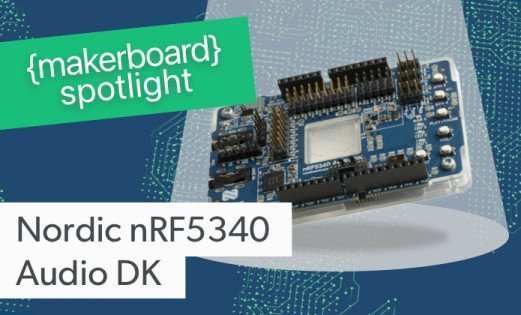
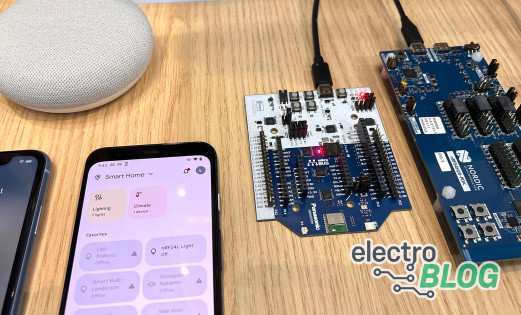
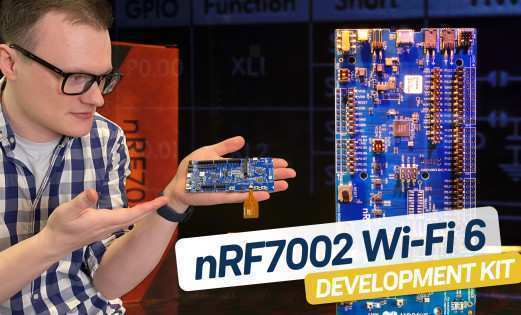
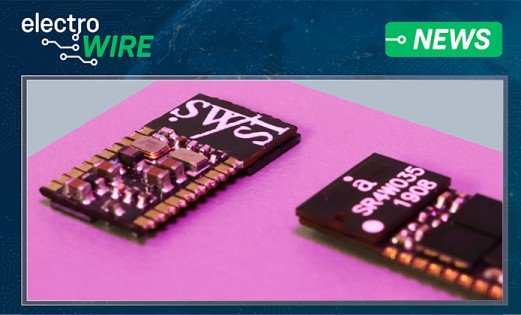
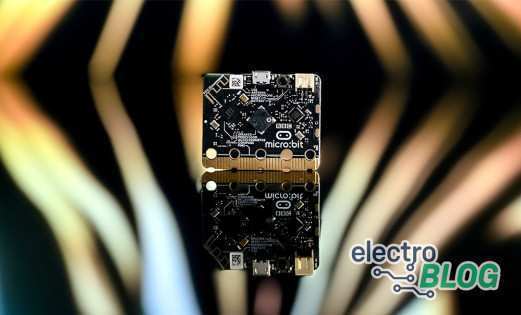
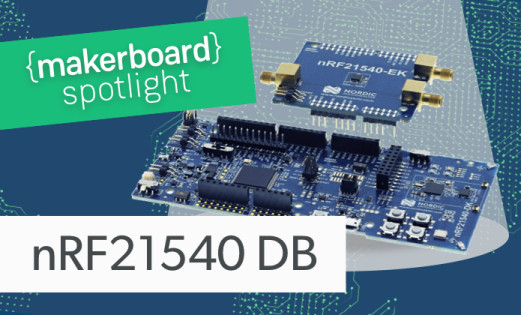

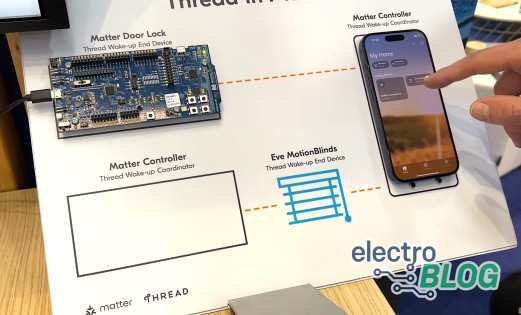
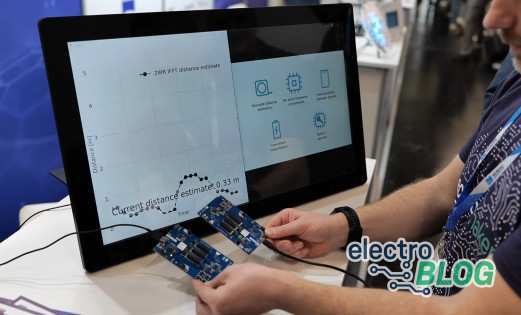
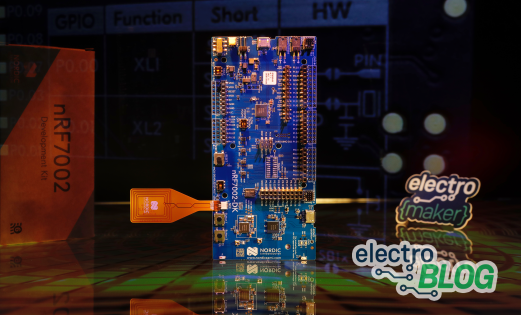

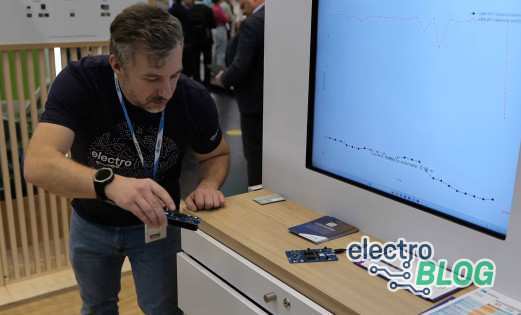

Leave your feedback...